If your car has way more power than stock, your factory clutch isn’t going to cut it. A stage 4 clutch kit is made for folks squeezing out serious horsepower—think turbo upgrades, drag racing, or hard launches that make you smile (or scare your neighbor’s cat). It isn’t some fancy badge, either. This kit uses beefy, performance-minded materials that keep up when things get wild under the hood.
You’ll probably hear terms like 'ceramic discs' or 'puck design' tossed around. Forget the jargon for a sec—the real point is, a stage 4 clutch grabs better under extreme stress, resists overheating, and won’t tap out when you’re pushing your ride to its limits. It’s not for everyone, but if you’re up at night dreaming of dyno numbers, this is the level you’re looking at.
- Stage 4 Clutch Kit Basics
- How It Works and What’s Included
- Who Actually Needs a Stage 4 Clutch
- Daily Driving: Pros, Cons, and Real-World Tips
- Install Tips and Must-Know Pitfalls
Stage 4 Clutch Kit Basics
A stage 4 clutch kit isn’t just hype—it’s a heavy-duty upgrade for cars that crank out a lot more power than stock. Most factory clutches are built for typical daily driving and might start slipping or even fail if you add big turbos or superchargers. That’s where a stage 4 clutch comes in—it’s built to take abuse, period.
What actually makes it stage 4? The components, plain and simple. Instead of the usual organic friction material, you’ll get ceramic or ceramic-metallic discs. These handle much higher temperatures and pressure, so the clutch can grip harder without frying itself. Some kits use a multi-puck design with four or six "pucks." This setup gives extra bite, and it means quicker, more aggressive engagement. Don’t expect super-smooth shifts at every stop sign, though—this is a performance-first part.
Usually, a stage 4 clutch kit includes:
- Performance pressure plate (to handle higher clamp loads)
- Ceramic or ceramic-metallic clutch disc (can handle the heat and pounding)
- Upgraded release bearing and pilot bearing/bushing
- Sometimes a new alignment tool, depending on the brand
These kits are aimed at folks making significant modifications—think more than 400-500 horsepower. They’re a favorite for track builds, drag racing, drifting, and anyone who launches hard off the line. Just know, you’ll feel the difference in traffic; the clutch pedal might be stiffer, and engagement can be a bit unforgiving. But for pure grip, nothing else in the clutch kits category touches it at this level.
To give you an idea of the power handling difference, here’s a quick numbers table comparing stock and common aftermarket clutches:
| Clutch Type | Rated Torque (ft-lbs) |
|---|---|
| OEM (factory) | 200-300 |
| Stage 2 | 350-400 |
| Stage 4 | 500-700+ |
The gap is clear—if you’re just driving grandma to bingo night, this is overkill. But for serious street or race builds, a stage 4 clutch kit is what keeps the power getting to the pavement where it belongs.
How It Works and What’s Included
A stage 4 clutch kit is built to handle way more power and heat than your standard clutch. Instead of the usual organic materials, these kits use tough stuff like ceramic or metallic compounds—think of it like swapping your kid’s plastic tricycle wheels for the heavy-duty tires on a racing go-kart. The secret sauce is in the disc and the pressure plate. The disc is often a multi-puck design (usually 4, 6, or more pucks), and those pucks are where the high-grab, high-friction magic happens.
When you stomp on the gas, the pressure plate clamps the disc hard against the flywheel. In a stage 4 clutch kit, this grip is super strong—the clutch grabs instantly instead of slipping, which means all that horsepower gets to the wheels right away. That's why so many high-boost turbo cars or track builds swear by stage 4 setups. They’re made for sudden, brutal power spikes without overheating or fading out.
What comes in the box? While it depends on the brand, most stage 4 kits typically include:
- Heavy-duty pressure plate with higher clamping force
- Ceramic or metallic multi-puck clutch disc (strong bite, handles heat)
- Pilot bearing or bushing
- Release bearing (aka throwout bearing)
- Alignment tool (so you don’t pull your hair out during install)
Some premium brands toss in extra hardware or instructions, but those five items above are the core of any real stage 4 clutch kit. Here’s a quick look at what makes these kits tick, especially compared to regular or stage 2/3 kits:
| Feature | Stage 4 Clutch | Stock/OEM Clutch |
|---|---|---|
| Material | Ceramic/Metallic | Organic/Cork |
| Disc Design | Multi-puck | Full-face |
| Torque Handling | Up to 700+ ft-lbs | 200-350 ft-lbs |
| Heat Resistance | Very High | Low |
If your ride’s making serious power or you’re launching hard at the track, that stiffer pressure plate and aggressive disc aren’t just nice to have—they’re necessary. Just keep in mind, all that performance focused design means your left leg might get a bit more of a workout in heavy traffic.

Who Actually Needs a Stage 4 Clutch
If your car is still pretty close to how it rolled off the lot, you can skip the stage 4 clutch kit talk. This level isn’t for daily commuters or casual weekend drivers. It’s aimed at people running major upgrades—think big turbos, nitrous, built engines, or full-blown track cars that spend more time racing than doing grocery runs.
Here’s a quick reality check. If your engine makes 450 wheel horsepower or more, especially if you love mind-bending launches or track days, a stage 4 clutch kit starts to make sense. Anytime you’re pushing torque levels way above stock, the stock clutch will just wear out or slip. This kit was designed for punishment, not comfort.
- You compete in drag racing or drift events and need fast, hard shifts.
- Your mods include forced induction (turbo, supercharger) or heavy engine tuning.
- Your car gets regular abuse from aggressive driving, not just the occasional redline blast.
- You're after strong, consistent engagement—even if it’s not the smoothest ride.
Take a look at how the clutch strength stacks up as your power goes up:
| Clutch Kit | Recommended Horsepower | Driving Style |
|---|---|---|
| Stage 1 | Up to 300 HP | Daily/Street |
| Stage 2 | Up to 400 HP | Enthusiast/Light Track |
| Stage 3 | Up to 500 HP | Aggressive/Track |
| Stage 4 | 500+ HP | Track/Extreme |
The bottom line: if you’re just towing a trailer once in a while or have a cold air intake and exhaust, you’re not the target user. But if you live for boost, drag strips, and “send it” moments, then a stage 4 clutch kit could save you from an expensive breakdown with all that power.
Daily Driving: Pros, Cons, and Real-World Tips
Let’s be honest, a stage 4 clutch kit isn’t built for cruising to the grocery store. This thing is engineered for holding serious power, not sipping coffee in traffic. But plenty of folks daily-drive their modded cars, so what’s it like living with one?
Pros:
- No More Slipping: If you’re launching hard or running high boost, this clutch grabs with authority. You’ll feel the difference the moment you step on it—slip is gone, power goes straight to the wheels.
- Handles Abuse: Heavy traffic, aggressive driving, or even track days—this kit doesn’t sweat it. If you’re worried about burning up your OEM clutch, the stage 4 laughs it off.
- More Control: Pedal feedback is firmer, and shifts under load are crisp. That’s great if you like knowing exactly what the clutch is doing.
Cons:
- Stiff Pedal: The upgraded pressure plate isn’t gentle. Expect a much heavier pedal compared to stock. If you’re stuck in stop-and-go, your left leg gets a workout.
- Chatter and Noise: That ceramic/puck design can make weird sounds, especially taking off from a stoplight. It’s normal, but some folks find it annoying.
- Not Smooth in Traffic: The "grabby" nature of a stage 4 clutch kit means smooth takeoffs are harder. If you’re not used to it, you’ll probably stall a few times when learning.
Some drivers think these clutches wear out faster in daily use, but the real deal is they just don’t like low-speed, easy driving. If you baby it, expect tougher engagement and maybe a little faster wear on the disc. They’re happiest when used hard, just like your dog Max playing at the park—not lounging on the couch.
| Daily Use Factor | Stage 4 Clutch Kit | Stock Clutch |
|---|---|---|
| Pedal Effort | High | Low |
| Drivability in Traffic | Challenging | Easy |
| Noise/Chatter | Possible | Quiet |
| Can Handle Extra Power? | Absolutely | No |
Want a smoother daily? Stick with a stage 2 or 3. If you need the clamping force and can live with the quirks, a stage 4 clutch kit will put up with everything you throw at it—but your left leg should be ready for a workout.
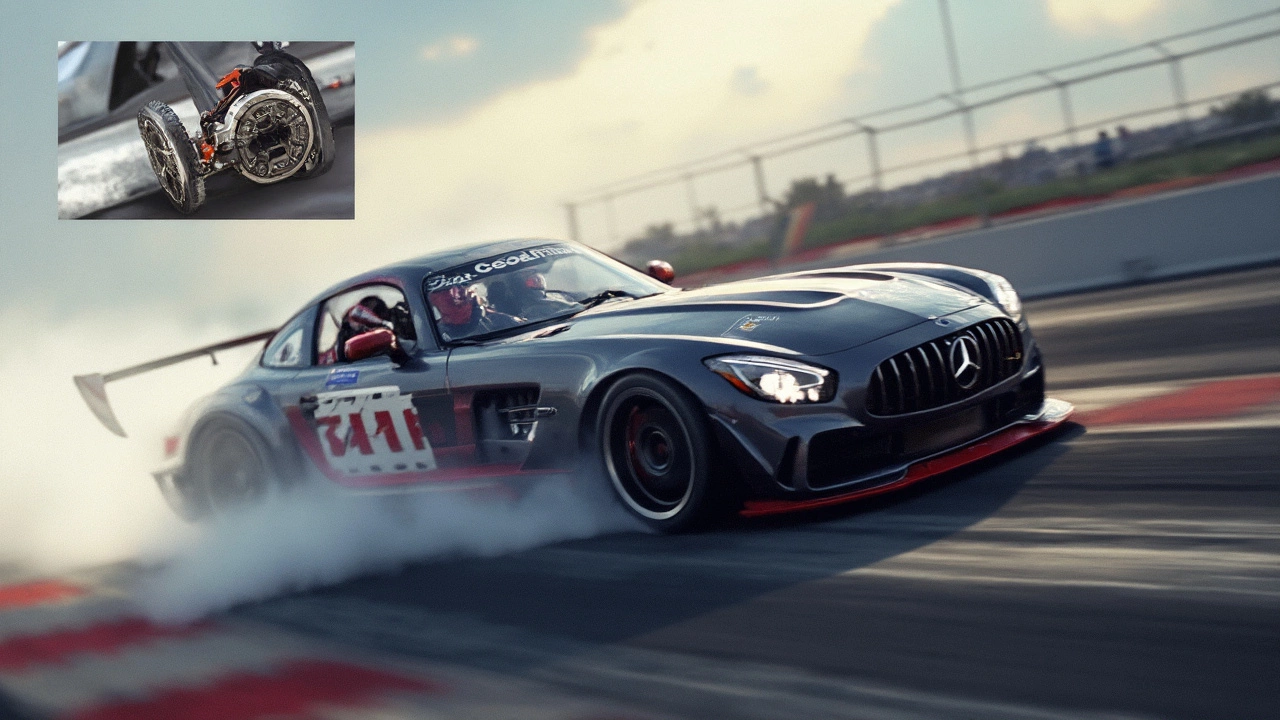
Install Tips and Must-Know Pitfalls
Swapping in a stage 4 clutch kit is not as easy as changing your oil. You’re pulling the whole transmission, and you’ll need some proper tools. If you don’t have a torque wrench, jack stands, or at least a couple of solid buddies with decent mechanical skills, call a pro. Trying to shortcut this install usually ends badly.
Before you even start, double-check that your high performance clutch matches your flywheel and transmission. Some stage 4 kits need specific flywheels or won’t fit every housing. Mismatching parts is one of the top reasons for installation headaches—and ruined weekends.
- Break-in matters: Most stage 4 clutches need 300 to 500 miles of gentle use before you go full throttle. Skip this, and all that money goes out the window, as the clutch can glaze or slip much sooner.
- Don’t forget new hardware: Always use new flywheel and pressure plate bolts. Old bolts can stretch, weaken, or even snap. A stripped bolt can mean pulling the whole thing out again.
- Resurface or replace the flywheel: Never put a new clutch on a worn flywheel. Hot spots or grooves mess up engagement and can kill even new clutch kits fast.
- Bleed the clutch system well: Leftover air makes shifting feel odd, and can hurt performance.
Here’s something a lot of people miss: high performance clutches (like a stage 4 clutch kit) often come with a heavier pedal. If you have a hydraulic clutch, check that your slave cylinder and master cylinder aren’t on their way out. These stock parts sometimes can’t keep up. Upgraded hydraulics can save you big headaches later.
It’s also smart to inspect engine and transmission mounts for wear. With all the extra torque your new clutch holds, weak mounts can cause vibrations, weird noises, or even cause the drivetrain to move too much during launches.
| Common Stage 4 Clutch Install Mistakes | How to Avoid |
|---|---|
| Skipping flywheel resurfacing | Always resurface or upgrade the flywheel with the new clutch |
| No proper break-in | Drive gently for 300-500 miles |
| Reusing old bolts | Use all-new hardware with correct torque specs |
| Not checking hydraulics | Inspect and upgrade slave/master cylinders if needed |
Don’t rush the install. Little mistakes with a stage 4 clutch kit turn into big, expensive problems. Follow the instructions, check your work, and if you get stuck, ask someone who’s done it before—no shame in getting it right the first time.
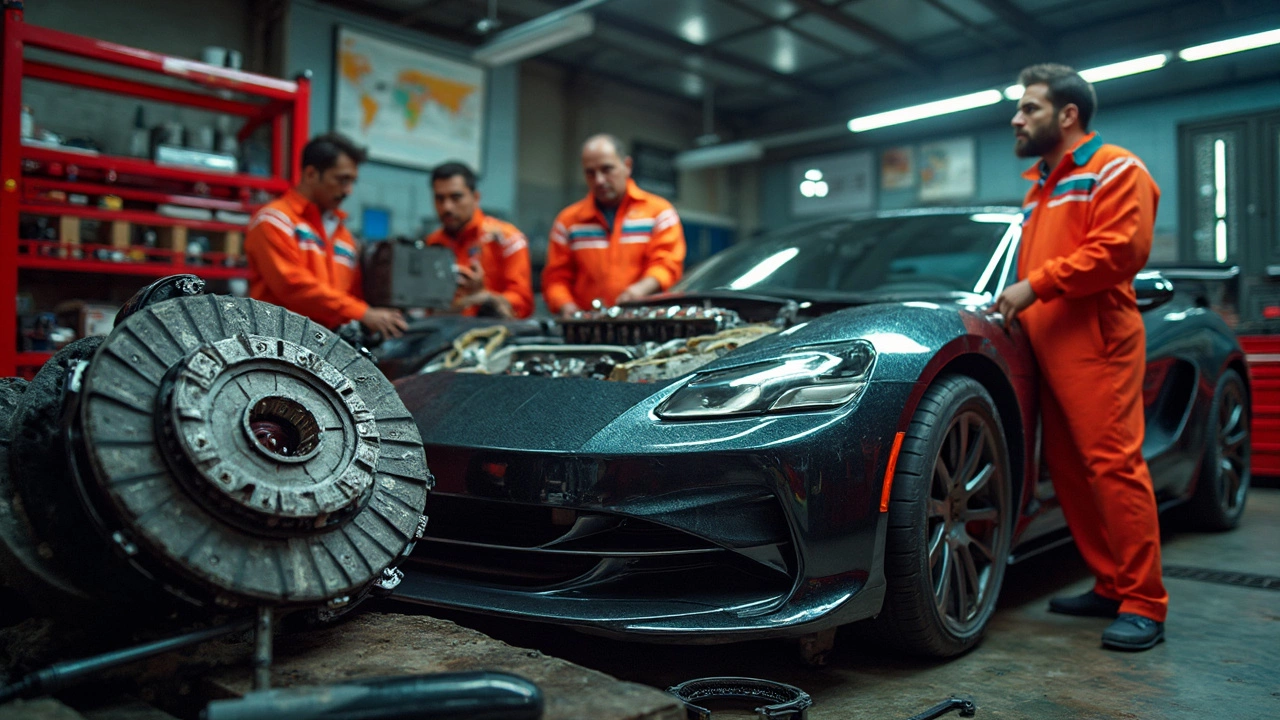
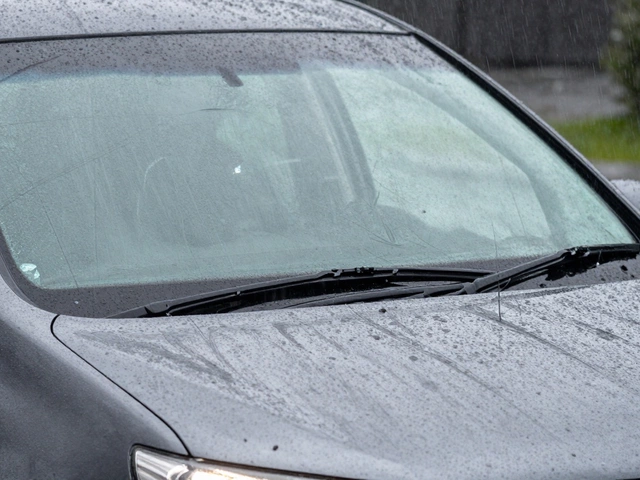
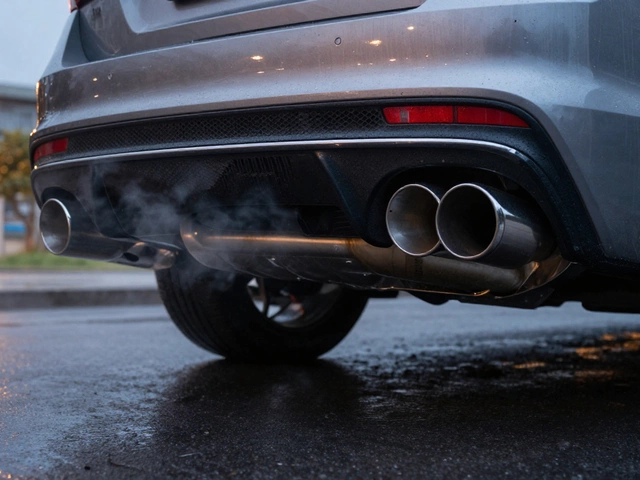

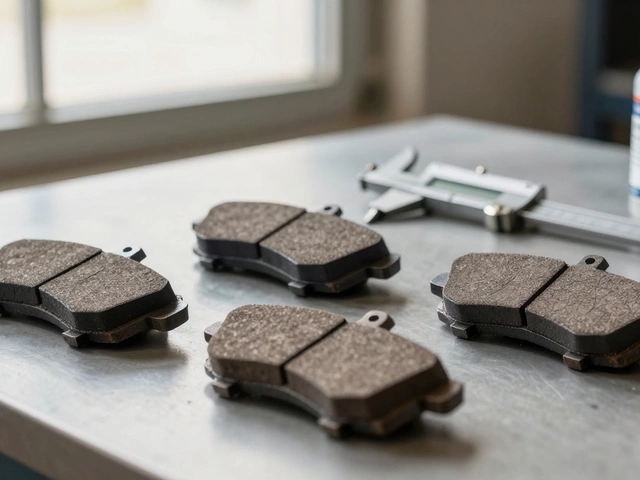

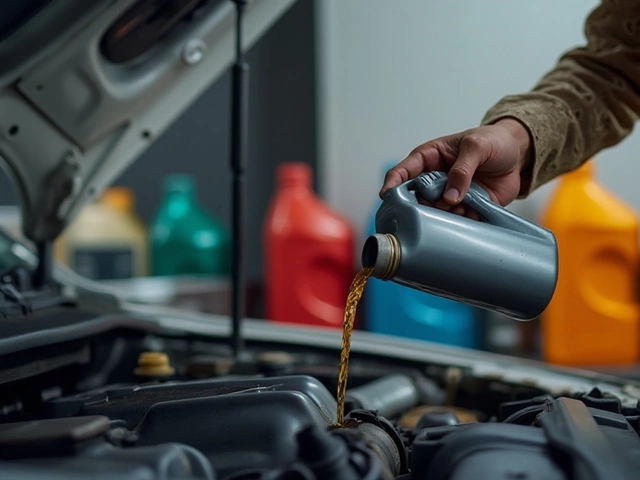
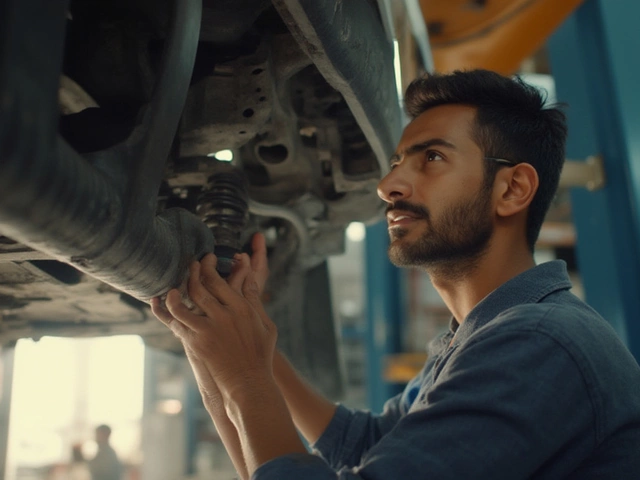
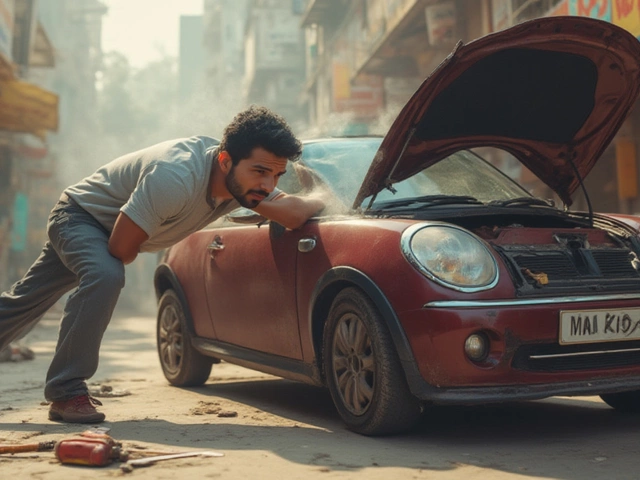

Write a comment